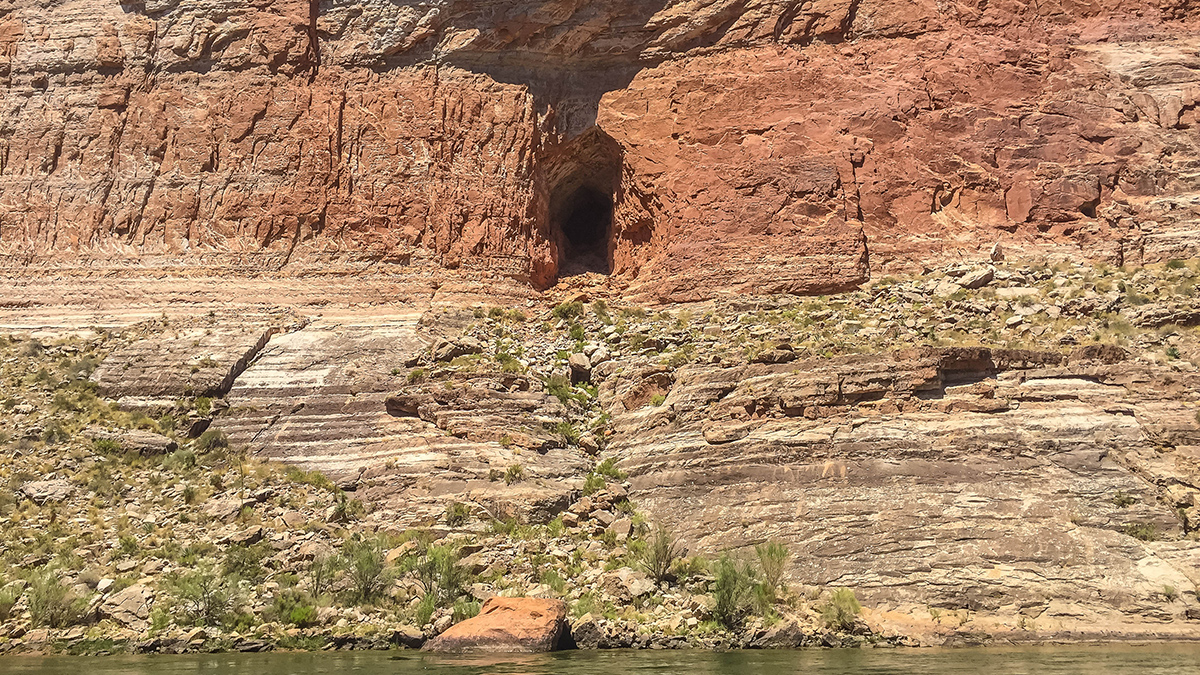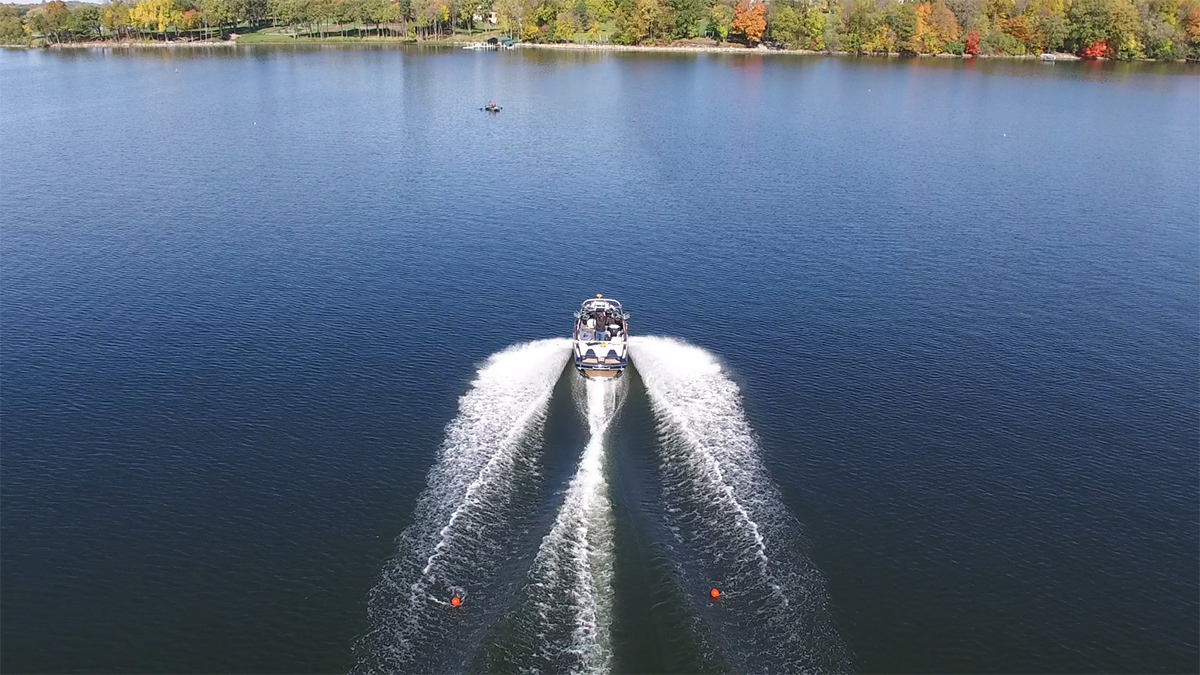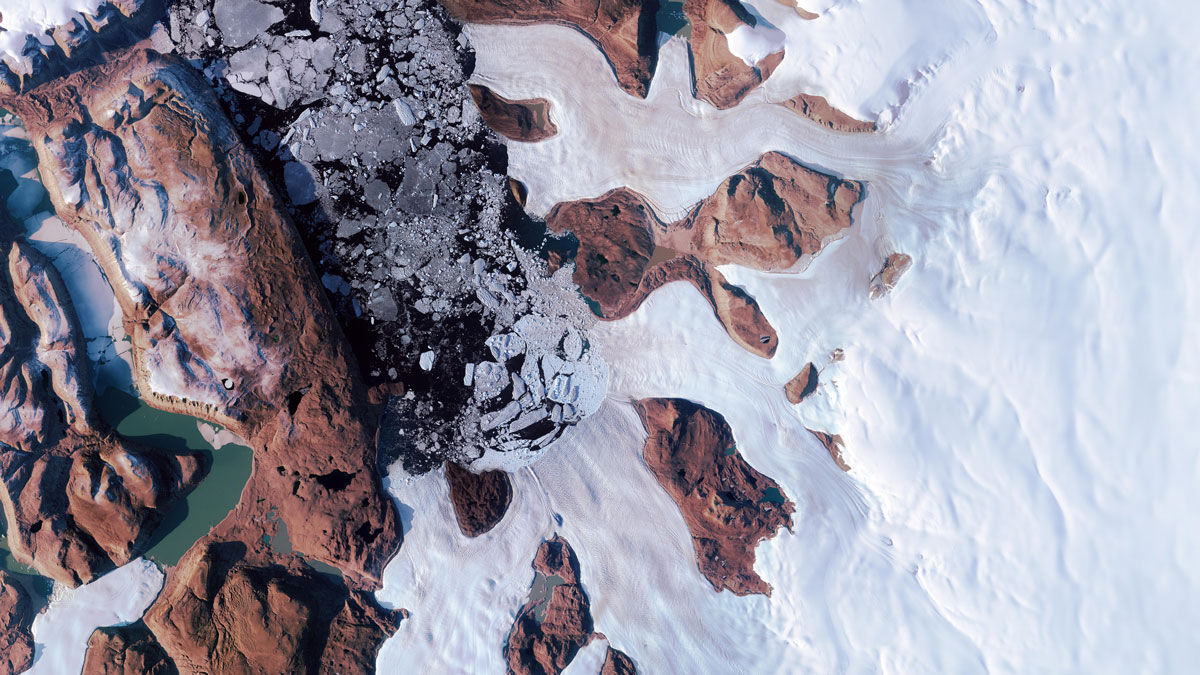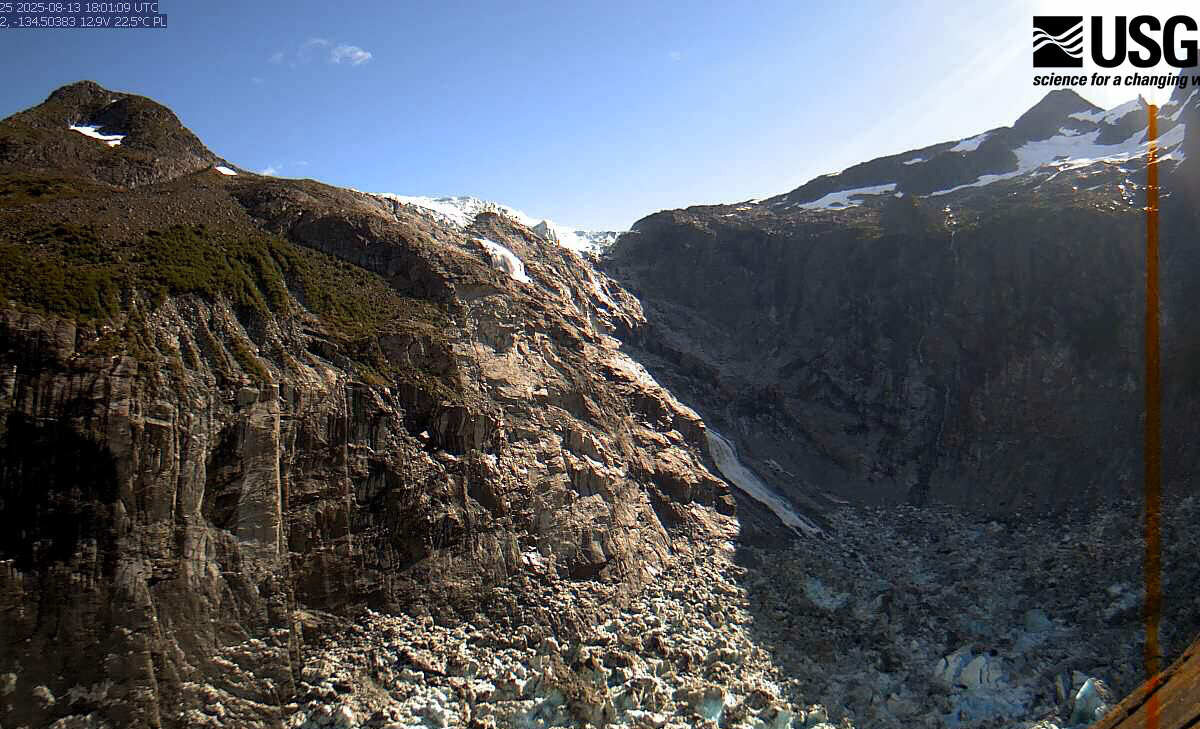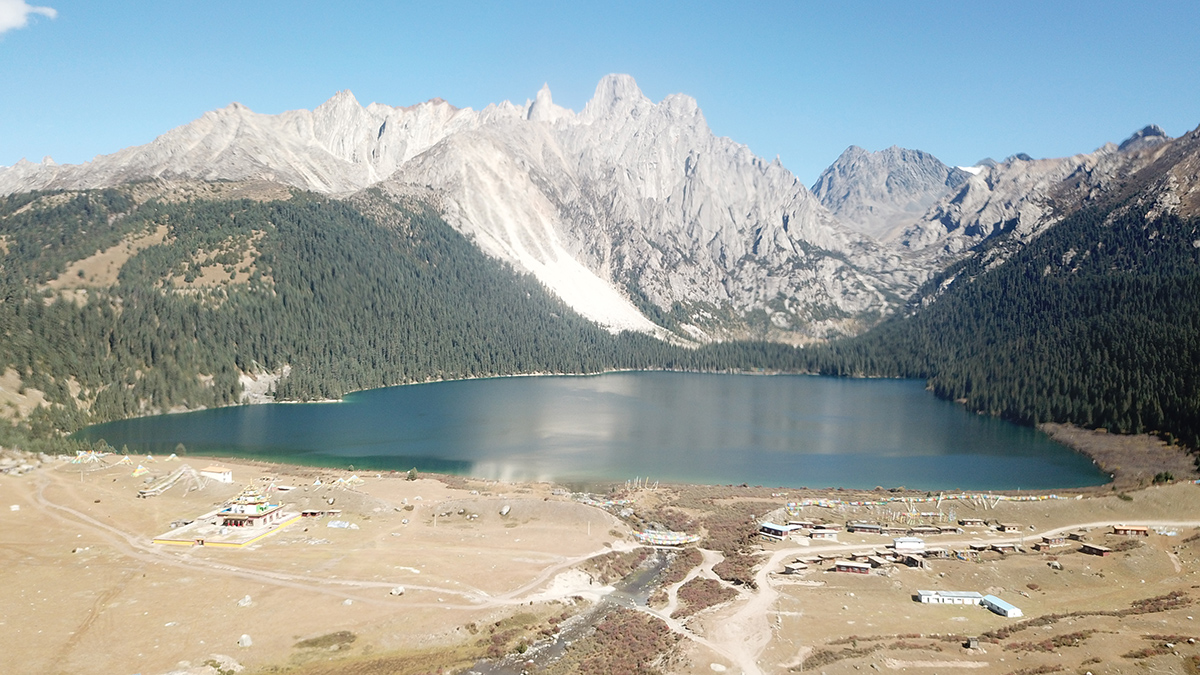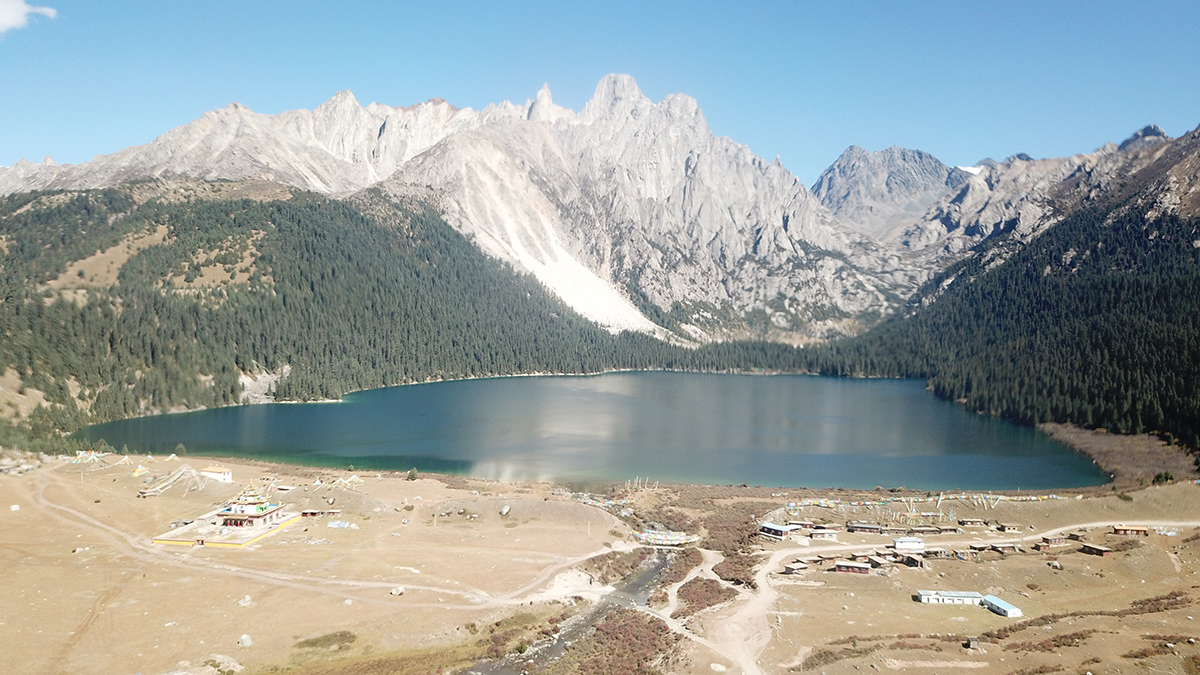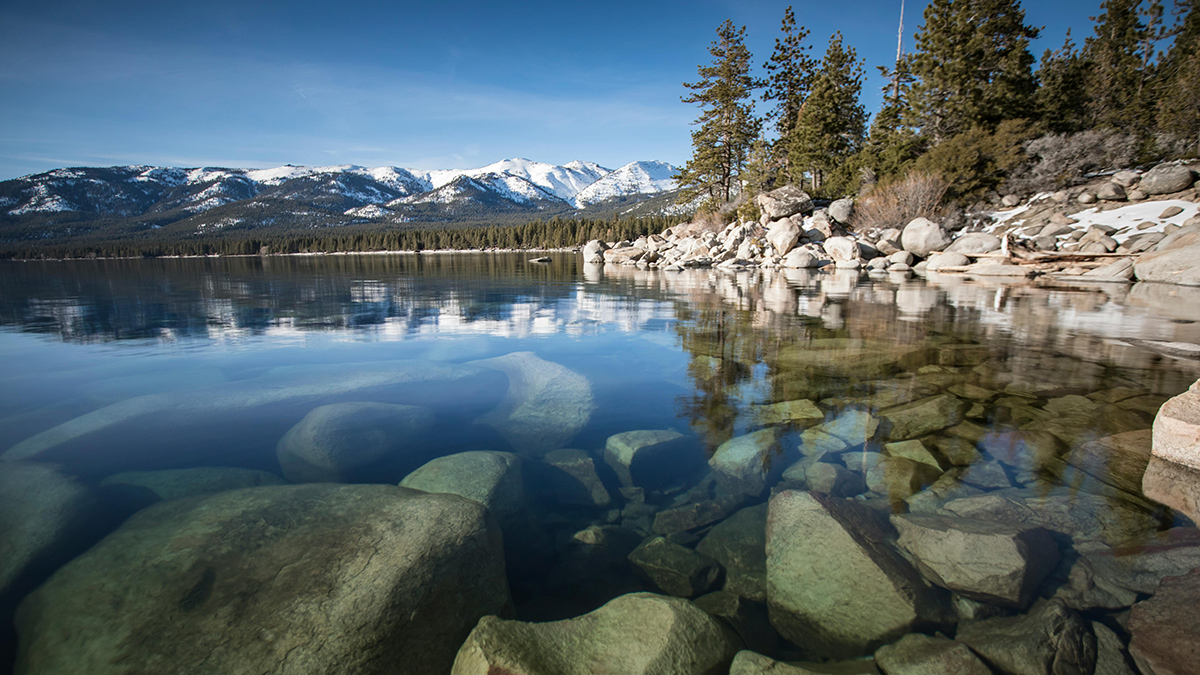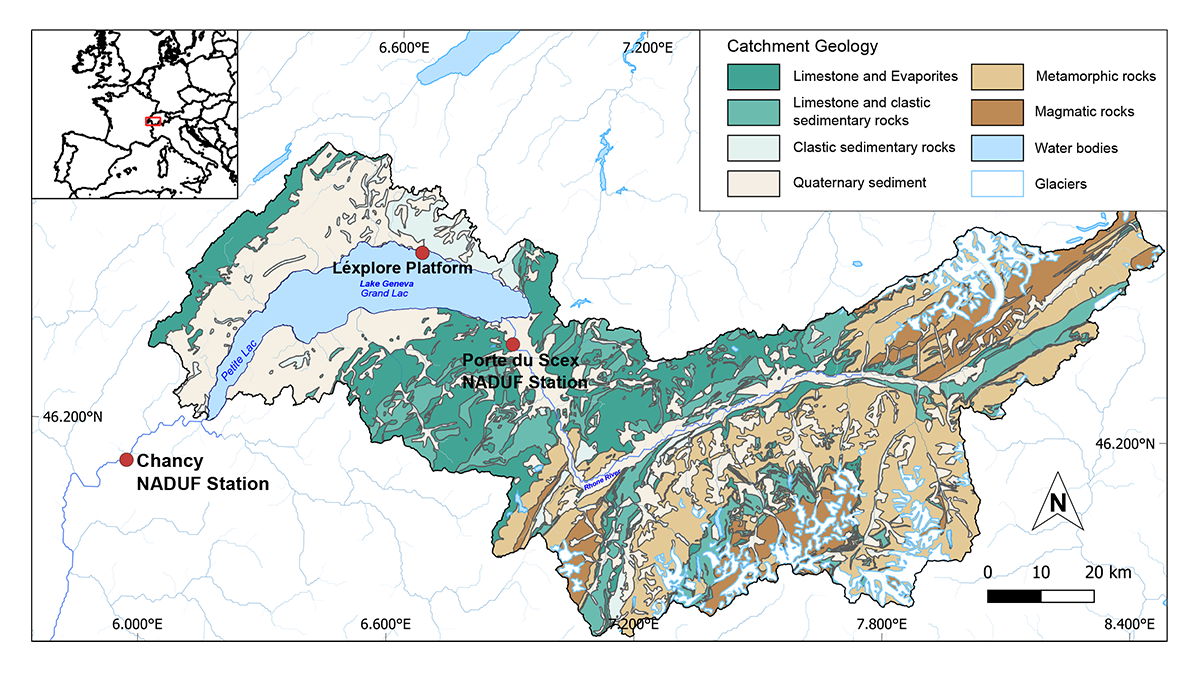There’s remarkable synchronicity between the timing of a paleolake in what is today Grand Canyon National Park and the formation of nearby Barringer Meteorite Crater.
lakes
A Debate over Wakes in the Land of 10,000 Lakes
Wakeboats are turning Minnesota’s lakes into summertime surf spots, but the artificial chop can shake up the lake bed, too. New wake data can help communities plan for responsible recreation.
A Burst of Subglacial Water Cracked the Greenland Ice Sheet
When a lake beneath the Greenland Ice Sheet drained, its water burst through the ice sheet’s surface. This surprising event may have affected the movement of a nearby glacier.
Glacial Lake Outburst Causes Record River Crest in Juneau
The Mendenhall River in Juneau, Alaska, reached a record-breaking crest Wednesday morning thanks to a glacial outburst flood (GLOF) from Suicide Basin. At 16.65 feet, the crest exceeded the previous record flood stage of 15.99 feet in 2024.
地震如何改变湖泊微生物群落
提示:地震发生后,湖泊的地质、化学和生物成分会重新配置。一项新的研究深入探讨了地震变化对喜马拉雅地区措普湖的影响。
How Earthquakes Shake Up Microbial Lake Communities
After an earthquake, a lake’s geological, chemical, and biological components get reconfigured. A new study dives into the effects of seismic shifts on the Himalayas’ Lake Cuopu.
Precipitation Extremes Drive Swings in Lake Tahoe’s UV Exposure
An 18-year study reveals dramatic year-to-year variations in ultraviolet radiation penetration tied to Sierra Nevada precipitation cycles.
Organic Radiocarbon Reveals its Inorganic Ancestry in Lake Geneva
Organic and inorganic radiocarbon ages resolve the origin and dynamics of carbon in the largest natural lake of Western Europe.
Strange Branching of Water Flows Through Rivers and Lakes
Sometimes rivers split into branches in unusual ways, reflecting the complexity of Earth’s water system on land and how much we still must learn about it.
Los lagos y estanques de Alaska revelan los efectos del derretimiento del permafrost
Un nuevo conjunto de datos proporciona un método poderoso para rastrear fácilmente los cambios en el permafrost.

